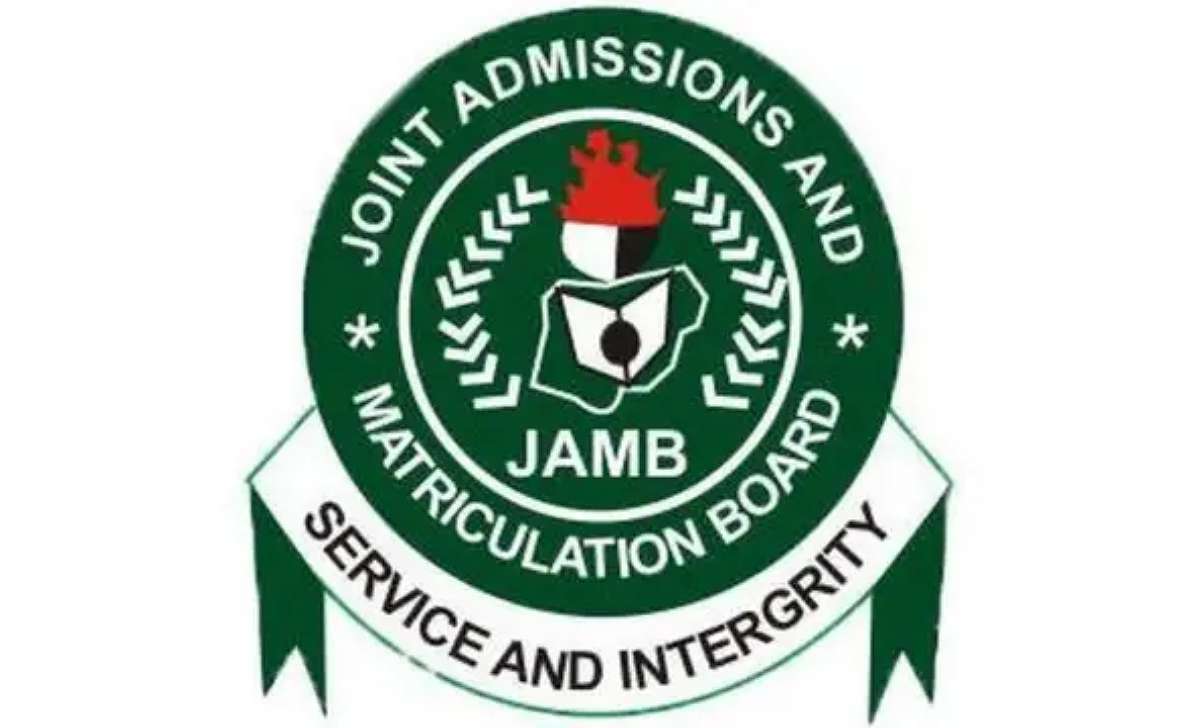Preparing for the JAMB Mathematics exam for the 2025/2026 academic session? You’re not alone. Mathematics is one subject many students worry about, but with the right preparation and focus, you can ace it.
In this article, I’ll break down the areas of concentration for JAMB Mathematics and share practical tips to help you succeed. Whether you’re just starting your preparation or need a guide to stay on track, this is for you.
Why You Should Focus on JAMB Mathematics Areas of Concentration
The JAMB syllabus serves as a roadmap to help you concentrate on the topics that matter most.
Without it, you might spend time on irrelevant material, which could lead to frustration and wasted effort.
By focusing on these areas, you’ll not only save time but also improve your chances of scoring higher.
JAMB Areas of Concentration for Mathematics 2025/2026
The syllabus is grouped into five broad categories:
- Number and Numeration
- Algebra
- Geometry and Trigonometry
- Calculus
- Statistics
Here’s a detailed breakdown of each category.
1. Number and Numeration
This is one of the foundational topics in Mathematics, and JAMB loves to test students on it. Key subtopics include:
- Number Bases: Learn how to convert numbers from one base to another (e.g., base 2 to base 10) and vice versa, including fractional numbers.
- Fractions, Decimals, and Percentages: Be comfortable with operations involving fractions, decimals, and percentages. Topics like profit and loss, VAT, and simple interest often appear.
- Indices, Logarithms, and Surds: Understand the laws of indices, simplify logarithmic expressions, and work with surds.
- Sets: Learn about types of sets, set notation, and Venn diagrams (up to three sets).
2. Algebra
This section tests your ability to handle equations and expressions. Focus on:
- Polynomials: Master the factor and remainder theorems, solve quadratic equations, and understand simultaneous equations.
- Progressions: Arithmetic (AP) and geometric progressions (GP) are common here. You should know how to find the nth term and sum of a progression.
- Matrices and Determinants: Know how to add, subtract, and multiply matrices (up to 3×3). Learn how to calculate determinants and find inverses.
- Binary Operations: Understand properties like closure, associativity, and distributivity.
3. Geometry and Trigonometry
Geometry and trigonometry test your ability to visualize and solve spatial problems.
- Euclidean Geometry: Study angles, lines, triangles, and circle theorems.
- Mensuration: Calculate areas, volumes, and perimeters of shapes, including composite figures.
- Coordinate Geometry: Focus on finding the gradient of lines, midpoints, and equations of straight lines.
- Trigonometry: Learn sine, cosine, and tangent functions. JAMB often tests angles of elevation and depression.
4. Calculus
Calculus might seem challenging, but with practice, it becomes manageable.
- Differentiation: Understand how to find the derivative of algebraic functions. Apply this to solve problems on rates of change and motion.
- Integration: Learn the basics of integration and how to calculate areas under curves.
5. Statistics
Statistics is one of the easiest sections if you understand the concepts.
- Data Representation: Practice interpreting histograms, bar charts, and pie charts.
- Measures of Central Tendency: Know how to calculate mean, median, and mode for grouped and ungrouped data.
- Probability: Focus on simple probability, addition and multiplication rules, and conditional probability.
How to Prepare for JAMB Mathematics
- Use Recommended Textbooks: Books like New General Mathematics and Further Mathematics Project are excellent resources.
- Solve Past Questions: Past JAMB questions give insight into the exam’s format and commonly tested topics.
- Practice Daily: Mathematics requires consistency. Dedicate at least an hour daily to solve problems.
- Join Study Groups: Collaborating with peers can help you understand difficult concepts faster.
- Take Online Quizzes: Platforms like Myschool.ng and Pass.ng offer JAMB-style quizzes to test your knowledge.
